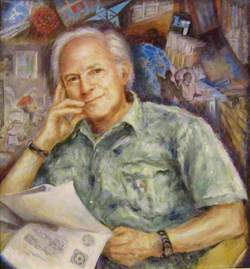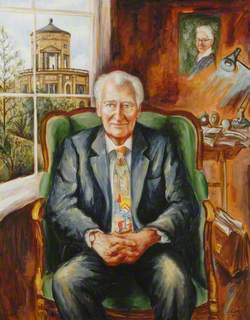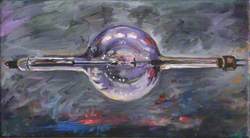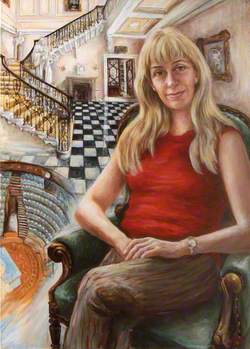How you can use this image
This image can be used for non-commercial research or private study purposes, and other UK exceptions to copyright permitted to users based in the United Kingdom under the Copyright, Designs and Patents Act 1988, as amended and revised. Any other type of use will need to be cleared with the rights holder(s).
Review the copyright credit lines that are located underneath the image, as these indicate who manages the copyright (©) within the artwork, and the photographic rights within the image.
The collection that owns the artwork may have more information on their own website about permitted uses and image licensing options.
Review our guidance pages which explain how you can reuse images, how to credit an image and how to find images in the public domain or with a Creative Commons licence available.
Notes
Add or edit a note on this artwork that only you can see. You can find notes again by going to the ‘Notes’ section of your account.
The voltammeter works by electrolysis: using electricity to break a compound down into elements. The electric current is passed through a known amount of a compound for a set amount of time. The stronger the current the faster the reaction so, by measuring the remaining compound and the elements, you can determine how much electricity is used. Before this he detected electricity by touching the ends of a circuit to a frog to see if its legs twitched.
Faraday lived and worked at the Ri for over 50 years and in that time he invented the first electric motor, generator and transformer.
Title
Faraday's Voltammeter 2
Date
2009
Medium
oil on linen
Measurements
H 19.6 x W 19.9 cm
Accession number
EN 27
Acquisition method
gift from Mr and Mrs John Symons, 2010
Work type
Painting








